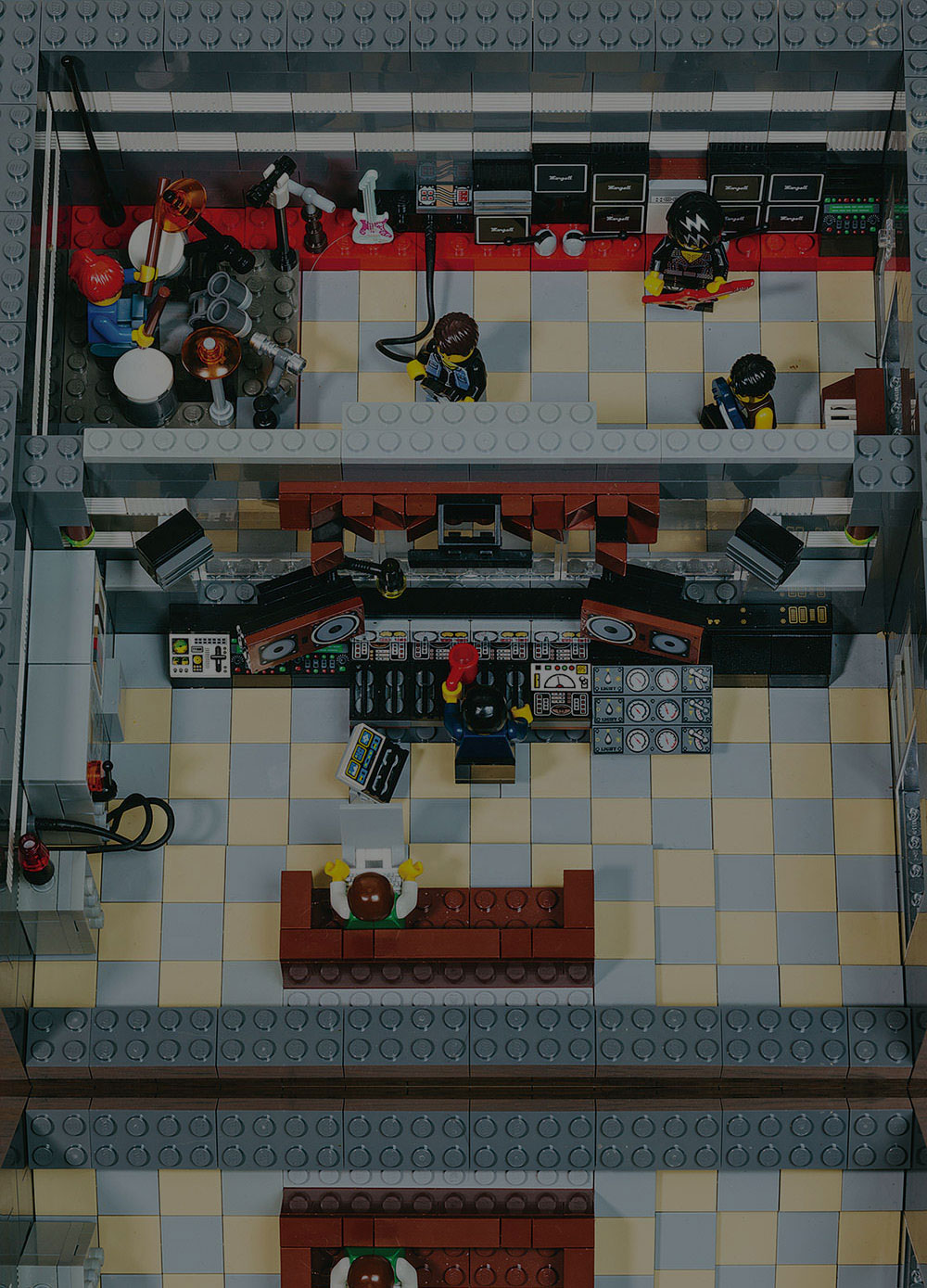As consumers of audio gear, we tend to dissertate ad nauseam on the subtle sonic differences between thing x and thing y. Meanwhile, many of us are working in suboptimal listening environments that hamper our ability to truly ascertain the accuracy of our systems. Project and home studio owners, when setting up their rooms, tend to focus first on where things fit in the room physically — the desk, racks, and floor space to record a take. The speakers are plopped down wherever it's most convenient, like the desk surface or meter bridge. Acoustic treatment is then placed on the walls to absorb first reflections. And then, maybe bass traps are put into the corners of the room. These last two points are good suggestions, and over the years I'm certain you've gleaned variations of this advice in Tape Op and elsewhere. At this point, if you're not already familiar with the concept of room modes, do some research online; you'll find explanations ranging from technical dissertations to easily digestible animated GIFs that help you understand and visualize how room modes can impair sound reproduction. In short, certain frequencies related to the geometry of the room will be augmented or canceled due to standing waves. Acoustic treatment is the obvious solution to consider, but lower-order room modes, particularly below 200 Hz, are the most difficult to manage. For these, you need bass-trapping — usually a lot of it. GIK Acoustics [Tape Op #113] and RealTraps [#85, #48, #38, #36] are two manufacturers that make high-performance bass traps, and the PSI Audio AVAA C20 [#114] is a phenomenal active bass absorber. Effective bass-trapping smooths out the valleys and peaks in low-frequency response while also absorbing time-domain resonances that can blur the overall sonic picture. In addition to room modes, speaker-boundary interferences should also be a primary concern. Because a typical loudspeaker is omnidirectional at low frequencies, bass from a speaker will radiate in all directions. For frequencies with quarter wavelengths that match the distances between the speaker and the room boundaries, there will be corresponding dips in response due to cancellations from reflections. Nulls from destructive interference will be produced at wavelengths of 1/4, 3/4, 5/4, and so on. Where does that leave you in terms of finding the best position for your speakers and for your ears? One simple strategy is to place your speakers as close to the front wall as possible, with the goal of raising the speaker-boundary cancellation frequencies so they're high enough to treat easily with broadband absorbers behind the speakers. (Many professionally-designed control rooms have speakers mounted flush in the wall, so that the wall becomes an "infinite baffle" for the speakers, greatly reducing the detrimental effects of speaker-boundary interaction.) An opposite tactic is to move the speakers far enough from any room boundaries so that the cancellation frequencies are below the bass response of the speaker, but that's a quarter-wavelength distance of 7 ft for 40 Hz. A third strategy is to employ one or more subwoofers that you place on the floor against the wall, or better yet, in the front corners, where the bass drivers can excite all room modes without boundary interference from the walls that meet there. As with any general guidance for resolving complex issues, it's best to use these suggestions as starting points and determine your own solution empirically. Play tone sweeps, and walk around the room to hear the nulls. As you experiment, take measurements with acoustic analysis software, like FuzzMeasure [#111] or the free Room EQ Wizard [#111]. Any decent omnidirectional mic should work, because an absolute measurement is less important than seeing the relative changes as you iteratively reposition your speakers, subwoofer, acoustic treatment, or mix position. A waterfall plot will show how the response deviates in both frequency and time–domain. For more on this topic, read Wes Lachot's "Control Room Sound" [#25].

